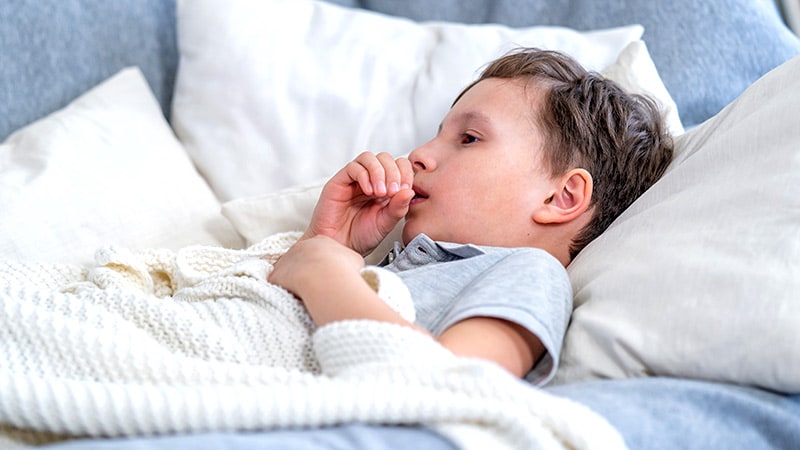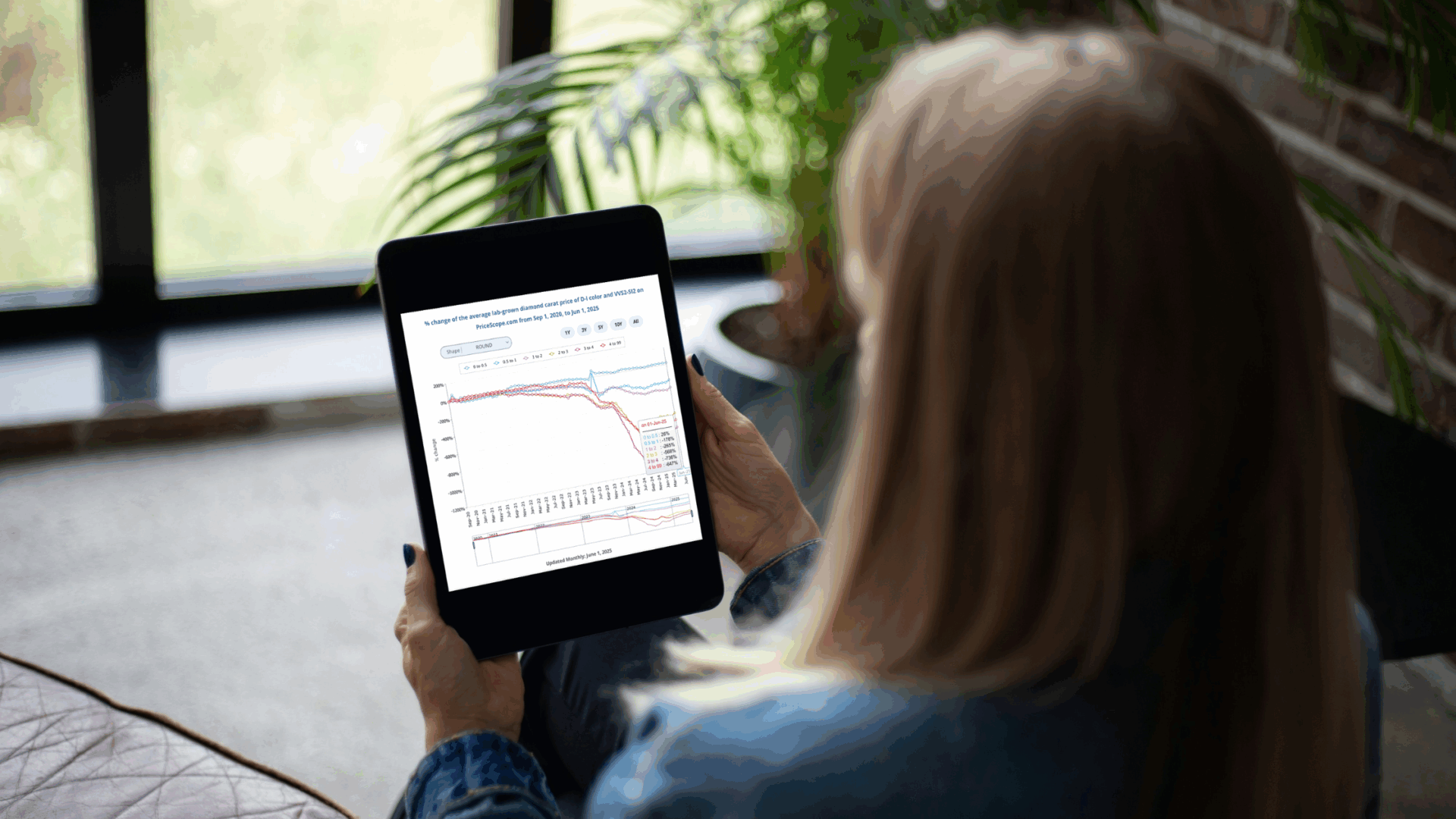- Joined
- Jun 8, 2008
- Messages
- 56,547
"
The CDC will no longer recommend COVID-19 vaccines for many children and pregnant people.
No details were immediately published on the CDC website, but Health and Human Services Secretary Robert F. Kennedy Jr. said in a video on X that the recommendation for "healthy children and healthy pregnant women has been removed from the CDC recommended immunization schedule." He cited lack of clinical data to support "a repeat booster strategy in children."
Still, that may not affect the advice clinicians give their patients.
Should Pregnant People Get the COVID Shot?
Kennedy's announcement did not explain why the recommendation for pregnant women changed. Previously, the CDC advised pregnant people to get COVID vaccines every 6 months – just like others at high risk of severe illness.
There have been about 70 studies of COVID vaccination in pregnant people, and the evidence shows the shots are safe and provide important protection to both mother and baby during pregnancy and after birth, according to Kevin Ault, MD, a practicing OB/GYN and former CDC COVID vaccine adviser.
"I'm disappointed because there's no new data to support the change that I'm aware of, and if there is data, it should be discussed publicly," said Ault, a professor at the Western Michigan University Homer Stryker M.D. School of Medicine in Kalamazoo.
He said he will continue to advise his pregnant patients to get vaccinated. During an interview with WebMD, he became notably emotional and said he worried for his patients on Medicaid if the program stops covering vaccination. Ault was a member of the CDC expert panel that initially crafted the nation's COVID vaccine recommendations.
"Most obstetricians in their lifetimes have had a bad experience with flu and now COVID," he said. "We don't want sick people in the ICU who are pregnant. And the best way to avoid that is having those vaccines that prevent severe maternal complications."
The recommendation for pregnant women is also at odds with a plan put forward by federal officials last week in The New England Journal of Medicine, which listed pregnancy among the conditions for which COVID vaccination would be recommended.
"As ob-gyns who treat patients every day, we have seen firsthand how dangerous COVID-19 infection can be during pregnancy and for newborns who depend on maternal antibodies from the vaccine for protection," Steven J. Fleischman, MD, president of the American College of Obstetricians and Gynecologists, said in a statement. "We also understand that despite the change in recommendations from HHS, the science has not changed. It is very clear that COVID infection during pregnancy can be catastrophic and lead to major disability, and it can cause devastating consequences for families. The COVID vaccine is safe during pregnancy, and vaccination can protect our patients and their infants."
When a pregnant person gets vaccinated, antibodies travel through the placenta and are passed to the fetus, protecting the newborn during the first critical months of life. That's important because babies from newborn to 6 months old (who are not yet eligible for vaccination) are among those most often hospitalized for severe COVID. COVID vaccination during pregnancy cuts hospitalization risk by 52%.
What About Children?
Public health experts continue to emphasize that COVID-19 vaccines offer significant benefits for children. While severe illness is less common in kids than in adults, COVID-19 can still cause serious outcomes. About 1% of U.S. children – equivalent to roughly 1 million – have had long COVID, according to CDC data. Research also shows that vaccination may reduce the risk of long COVID in children.
Decisions about vaccinating healthy children have often been complex, in part because their risk of severe illness is lower than that of adults, making it harder to show clear benefits in large clinical trials. The relatively low uptake of pediatric COVID vaccines also means there's less real-world data compared to data for adults, which can complicate public messaging and policy. Experts say the decision often comes down to individual risk. For children with health conditions, vaccination is more strongly recommended due to a higher risk of complications. But for otherwise healthy kids – especially those who've already had COVID – the benefits can appear less clear-cut, even if vaccination remains safe and reasonable.
Pediatric infectious disease expert Sean O'Leary, MD, MPH, said in a statement that research has demonstrated that children, babies, and pregnant people are "at higher risk of hospitalization from COVID, and the safety of the COVID vaccine has been widely demonstrated."
Previously, the recommendation was for COVID vaccines to begin when a child turns 6 months old.
"By removing the recommendation, the decision could strip families of choice. Those who want to vaccinate may no longer be able to, as the implications for insurance coverage remain unclear," said O'Leary, on behalf of the American Academy of Pediatrics. "It's also unclear whether health care workers would be eligible to be vaccinated."
Just 13% of children ages 6 months old to 17 years old are up to date with COVID vaccination, and another 7% of parents said they definitely planned to get their child vaccinated. Just over 14% of pregnant women have received a COVID vaccine since the latest version came out last fall, according to CDC data.
"
Should You Still Recommend COVID-19 Vaccines?
Lisa O'MaryThe CDC will no longer recommend COVID-19 vaccines for many children and pregnant people.
No details were immediately published on the CDC website, but Health and Human Services Secretary Robert F. Kennedy Jr. said in a video on X that the recommendation for "healthy children and healthy pregnant women has been removed from the CDC recommended immunization schedule." He cited lack of clinical data to support "a repeat booster strategy in children."
Still, that may not affect the advice clinicians give their patients.
Should Pregnant People Get the COVID Shot?
Kennedy's announcement did not explain why the recommendation for pregnant women changed. Previously, the CDC advised pregnant people to get COVID vaccines every 6 months – just like others at high risk of severe illness.
There have been about 70 studies of COVID vaccination in pregnant people, and the evidence shows the shots are safe and provide important protection to both mother and baby during pregnancy and after birth, according to Kevin Ault, MD, a practicing OB/GYN and former CDC COVID vaccine adviser.
"I'm disappointed because there's no new data to support the change that I'm aware of, and if there is data, it should be discussed publicly," said Ault, a professor at the Western Michigan University Homer Stryker M.D. School of Medicine in Kalamazoo.
He said he will continue to advise his pregnant patients to get vaccinated. During an interview with WebMD, he became notably emotional and said he worried for his patients on Medicaid if the program stops covering vaccination. Ault was a member of the CDC expert panel that initially crafted the nation's COVID vaccine recommendations.
"Most obstetricians in their lifetimes have had a bad experience with flu and now COVID," he said. "We don't want sick people in the ICU who are pregnant. And the best way to avoid that is having those vaccines that prevent severe maternal complications."
The recommendation for pregnant women is also at odds with a plan put forward by federal officials last week in The New England Journal of Medicine, which listed pregnancy among the conditions for which COVID vaccination would be recommended.
"As ob-gyns who treat patients every day, we have seen firsthand how dangerous COVID-19 infection can be during pregnancy and for newborns who depend on maternal antibodies from the vaccine for protection," Steven J. Fleischman, MD, president of the American College of Obstetricians and Gynecologists, said in a statement. "We also understand that despite the change in recommendations from HHS, the science has not changed. It is very clear that COVID infection during pregnancy can be catastrophic and lead to major disability, and it can cause devastating consequences for families. The COVID vaccine is safe during pregnancy, and vaccination can protect our patients and their infants."
When a pregnant person gets vaccinated, antibodies travel through the placenta and are passed to the fetus, protecting the newborn during the first critical months of life. That's important because babies from newborn to 6 months old (who are not yet eligible for vaccination) are among those most often hospitalized for severe COVID. COVID vaccination during pregnancy cuts hospitalization risk by 52%.
What About Children?
Public health experts continue to emphasize that COVID-19 vaccines offer significant benefits for children. While severe illness is less common in kids than in adults, COVID-19 can still cause serious outcomes. About 1% of U.S. children – equivalent to roughly 1 million – have had long COVID, according to CDC data. Research also shows that vaccination may reduce the risk of long COVID in children.
Decisions about vaccinating healthy children have often been complex, in part because their risk of severe illness is lower than that of adults, making it harder to show clear benefits in large clinical trials. The relatively low uptake of pediatric COVID vaccines also means there's less real-world data compared to data for adults, which can complicate public messaging and policy. Experts say the decision often comes down to individual risk. For children with health conditions, vaccination is more strongly recommended due to a higher risk of complications. But for otherwise healthy kids – especially those who've already had COVID – the benefits can appear less clear-cut, even if vaccination remains safe and reasonable.
Pediatric infectious disease expert Sean O'Leary, MD, MPH, said in a statement that research has demonstrated that children, babies, and pregnant people are "at higher risk of hospitalization from COVID, and the safety of the COVID vaccine has been widely demonstrated."
Previously, the recommendation was for COVID vaccines to begin when a child turns 6 months old.
"By removing the recommendation, the decision could strip families of choice. Those who want to vaccinate may no longer be able to, as the implications for insurance coverage remain unclear," said O'Leary, on behalf of the American Academy of Pediatrics. "It's also unclear whether health care workers would be eligible to be vaccinated."
Just 13% of children ages 6 months old to 17 years old are up to date with COVID vaccination, and another 7% of parents said they definitely planned to get their child vaccinated. Just over 14% of pregnant women have received a COVID vaccine since the latest version came out last fall, according to CDC data.
"










300x240.png)